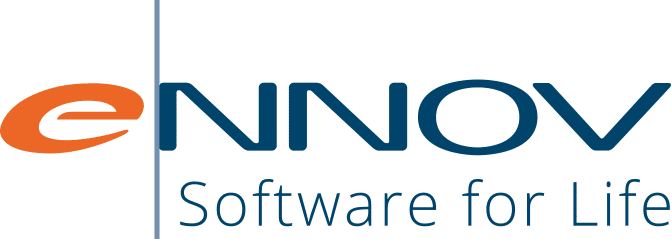Picture this: Your Quality team discovers a manufacturing deviation requiring immediate global notifications. But instead of a streamlined response, disconnected systems force manual work: exporting data from Quality, reformatting for Regulatory, cross-referencing compliance documentation. What should take hours stretches into days of coordination and delays.
Leading life sciences companies are eliminating this operational nightmare through unified platforms. They report significantly lower technology costs and faster regulatory responses compared to organizations managing fragmented best-of-breed environments.
The Hidden Cost of System Sprawl
Best-of-breed selection lets each department choose preferred systems, but creates cascading organizational challenges. Companies often manage multiple vendor relationships while supporting dozens of integrations that drain IT resources.
Each integration introduces failure points. When systems change, connections break. Data synchronization delays impact regulatory timelines. Training multiplies across different interfaces. Cross-functional work requires constant data export and import cycles.
Why Platforms Win
Unified platforms eliminate integration complexity through shared data models and native cross-functional workflows. However, not all “platforms” deliver true unification. Some vendors bundle disconnected tools behind a shared interface. A truly unified platform uses one data model, one repository, and requires no integrations between functional areas.
- For leadership, unified platforms deliver operational control. Vendor consolidation simplifies procurement. License reuse reduces software costs. New market entry leverages existing infrastructure instead of requiring new implementations. A consistent compliance posture across geographies improves inspection readiness and operational stability.
- For IT teams, the impact is transformative. One validation cycle replaces many. Upgrades follow a unified path. Centralized access controls improve security. Internal teams can scale system capabilities independently, which allows IT to focus on strategic initiatives instead of integration support.
- For end users, productivity improves across the board. Standard interfaces reduce training time. Collaboration flows naturally between functions. Compliance documentation is centralized. Historical data becomes immediately accessible, without the need to navigate multiple disconnected systems.
What Unified Success Looks Like
Faster compliance, lower overhead, and global scalability are possible through a single unified platform. One global animal health company eliminated six siloed systems and unified Quality, Regulatory, and Pharmacovigilance. In less than five years, they went live in 25 countries, centralized over 400,000 documents, and empowered internal teams to build 18 new processes without custom code or vendor support. A single validation cycle reduced IT burden while delivering full operational agility.
The Strategic Timing
Regulatory complexity creates compelling reasons for platform consolidation. IDMP compliance demands integrated data management that fragmented systems struggle to deliver. Global expansion requires consistent operational frameworks that platforms provide more efficiently than coordinated implementations.
For companies planning a system upgrade, this is the ideal moment to transition from fragmented infrastructure to unified architecture. Industry leaders are already realizing the benefits: faster submissions, reduced overhead, and improved coordination across functions.
Making the Choice
The decision between fragmentation and consolidation shapes capabilities for years. While individual systems may excel in specific areas, operational coherence delivers superior strategic value.
Choosing a unified platform isn’t just an IT decision, it’s a strategic move that strengthens compliance, scales operations, and frees teams to focus on innovation.
Fragmented systems drain resources. Unified platforms return them.
Don’t let disconnected systems define your operations in 2025. Choose unification, and lead with agility.


